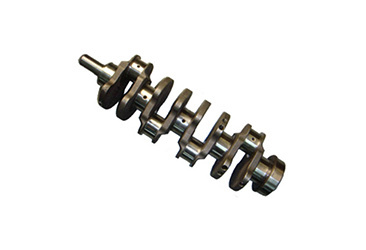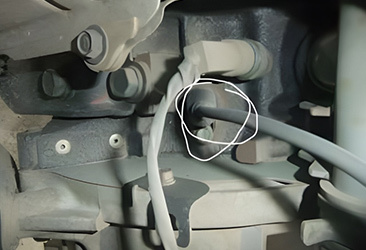Crankshaft
Release time:
2021-05-05
The material is made of carbon structural steel or ductile iron, with two important parts: the main shaft neck and the connecting rod neck (and others). The main shaft neck is mounted on the cylinder body, while the connecting rod neck connects to the big end hole of the connecting rod, and the small end hole of the connecting rod connects to the piston in the cylinder.
Composition of the crankshaft
The material is made of carbon structural steel or ductile iron, with two important parts: the main journal and the connecting rod journal (and others). The main journal is mounted on the cylinder block, and the connecting rod journal connects to the big end hole of the connecting rod, while the small end hole connects to the piston in the cylinder, forming a typical crank-slider mechanism. The lubrication of the crankshaft mainly refers to the lubrication between the rocker arm's bearing and the lubrication at both fixed points. The rotation of the crankshaft is the power source of the engine and also serves as the driving force for the entire mechanical system.
The crankshaft may experience wear on the contact surface between the big end of the connecting rod and the journal due to unclean oil and uneven stress on the journal. If there are larger hard impurities in the oil, there is also a risk of scratching the surface of the journal. If wear is severe, it may affect the stroke length of piston movement, reduce combustion efficiency, and naturally lead to lower power output.
In addition, insufficient lubrication or overly thin oil can cause burning on the surface of journals; in severe cases, this can affect piston reciprocating motion. Therefore, it is essential to use lubricating oil with appropriate viscosity and ensure that oil cleanliness is maintained.
Latest News









